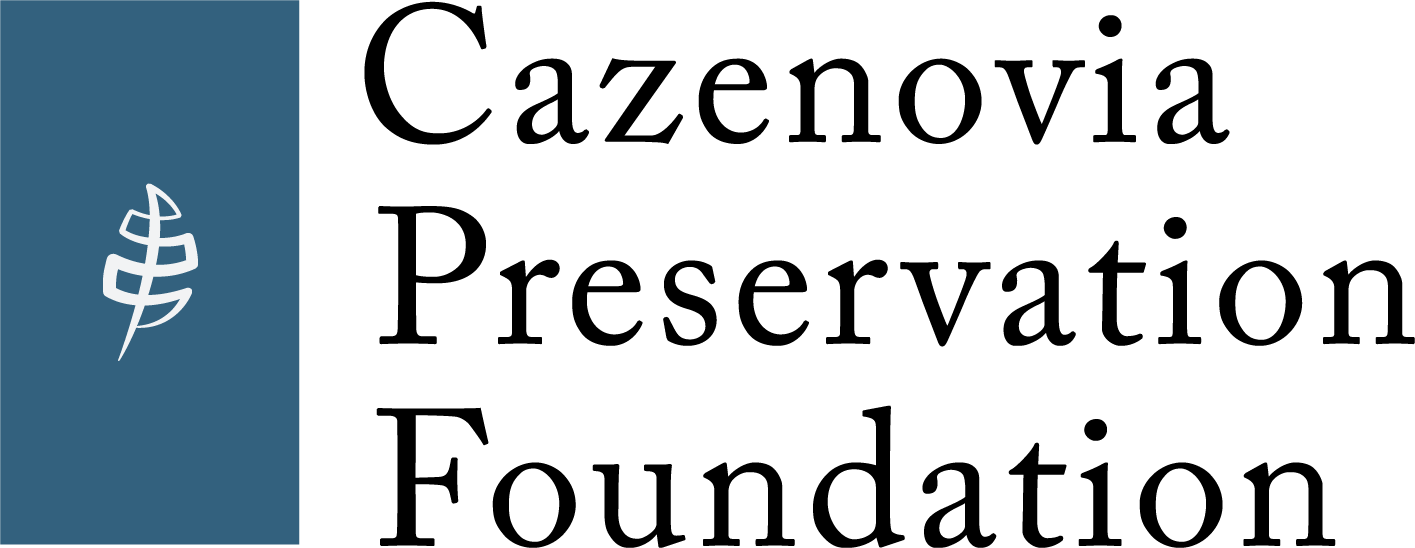The Willow Patch: An Evolving Space, Part 1
The Willow Patch is a 4.9 acre sanctuary set within the Village of Cazenovia. Beginning north of the dike canal at Mill Street, the property runs west toward Carpenter’s Pond and is a favorite local haunt for people and animals alike. The paths among the willows are perfect for a morning’s stroll with the dog or to watch the birds and beavers that make the space their home.
The site was a mill pond until the early 19th century when it was drained and planted with willows to provide materials for the willow industry which had been brought to the United States by German immigrants. Several Liverpool based companies made baskets and other goods from the young, pliable shoots. By 1925, the industry had begun to die and the Cazenovia Republican reported that the willows had overgrown their useful size due to lack of management. They were cut and burned to stimulate regrowth.
The Willow Patch was gifted to CPF in 1986 by Evelyn B Hutchins. The area, comprising two parcels of land was then owned by Hutchins, Chester King, and John & Natalie Shove, the latter of which all transferred ownership to Effie Hutchins before she deeded the entire lot to CPF.
The initial impetus for the gift of the Willow Patch by Hutchins is unknown, although Pringle Symonds noted in her synopsis of the acquisition history that she thought Nanny Oakman, who would donate Carpenter’s Pond to CPF, was urging her friend to do the same.dwight_williams_web
dwight_williams_webThis gift came after years of talk and negotiation between CPF and the landowners regarding the future of the space. In a 1978 letter, Chester King voiced his wishes for the future of the Willow Patch: “I would advocate…a restrictive on any use of the Willow Patch except as a sanctuary for birds and other forms of wildlife (always excepting those ill-mannered wights who hold beer parties down there).”
Before the donation, Robert Hutchins wrote in a letter to CPF president J. Rush Marshall that Effie’s parcel would be given with “stipulation on that in the future no buildings be permitted or any improvements other than those which may be desirable for recreational purposes.” CPF accepted the spirit of the request along with the property and guaranteed that it would be kept forever undeveloped.
The story of the Willow Patch

